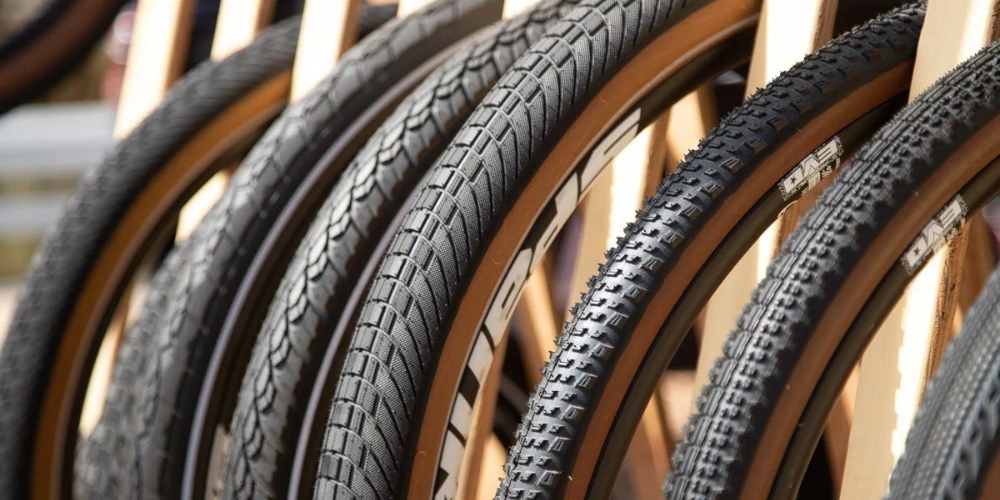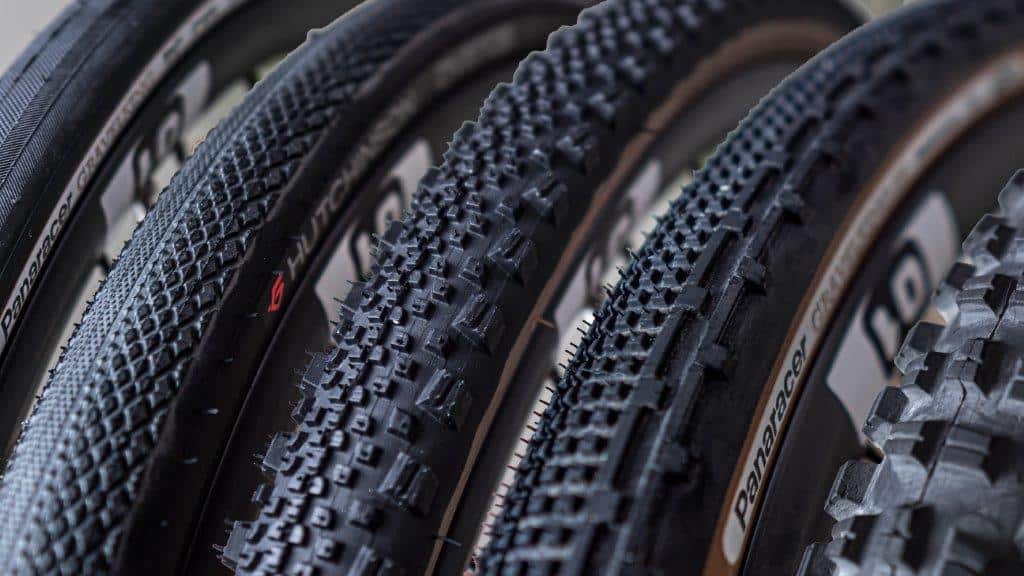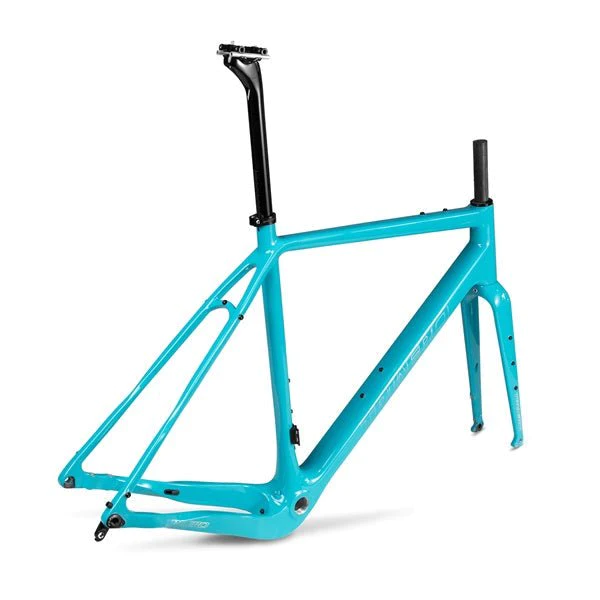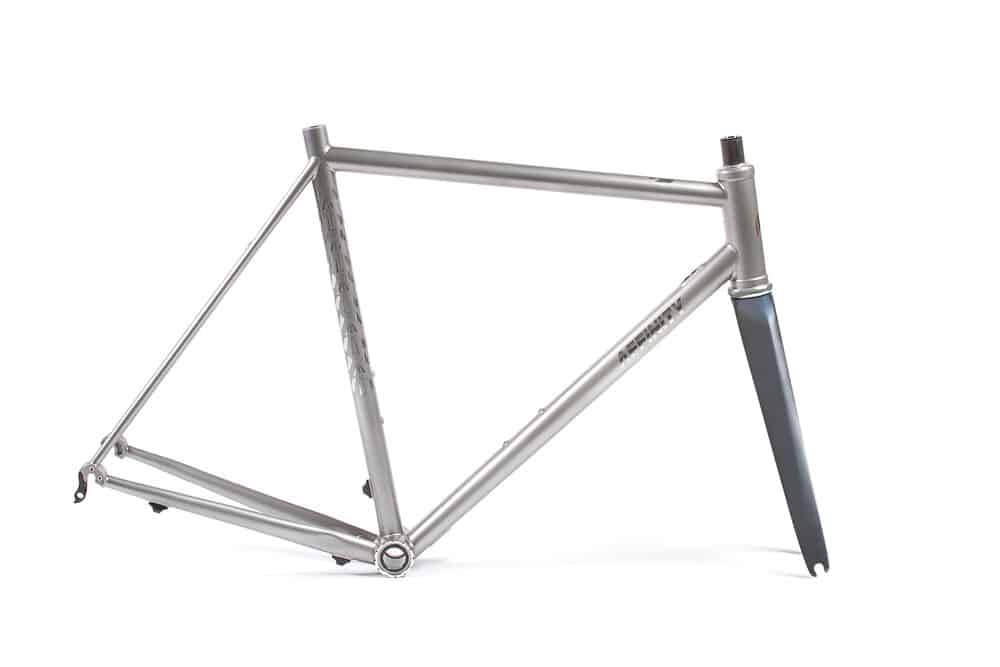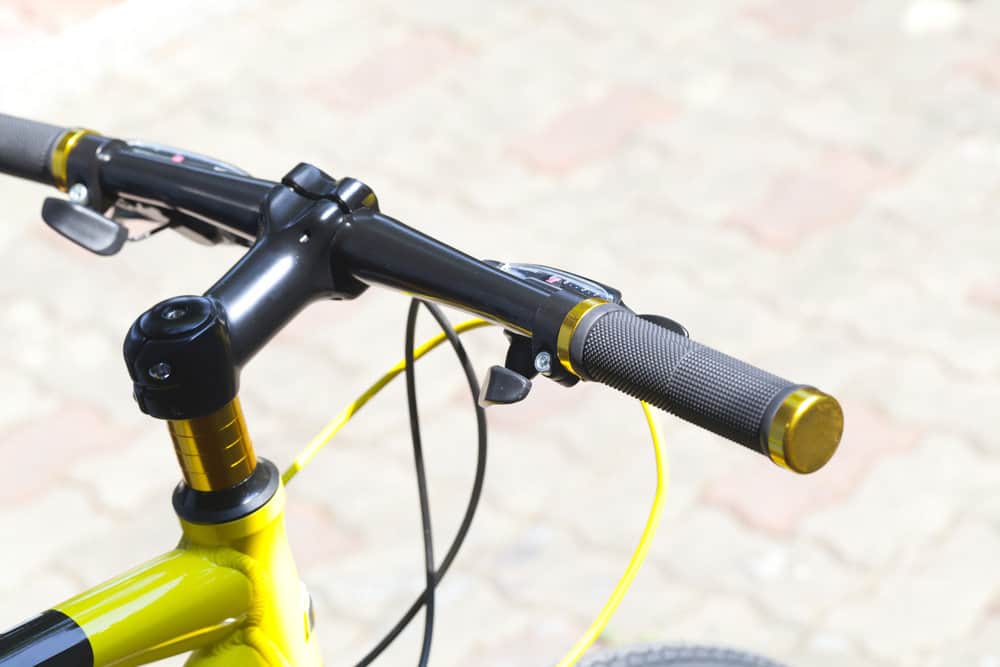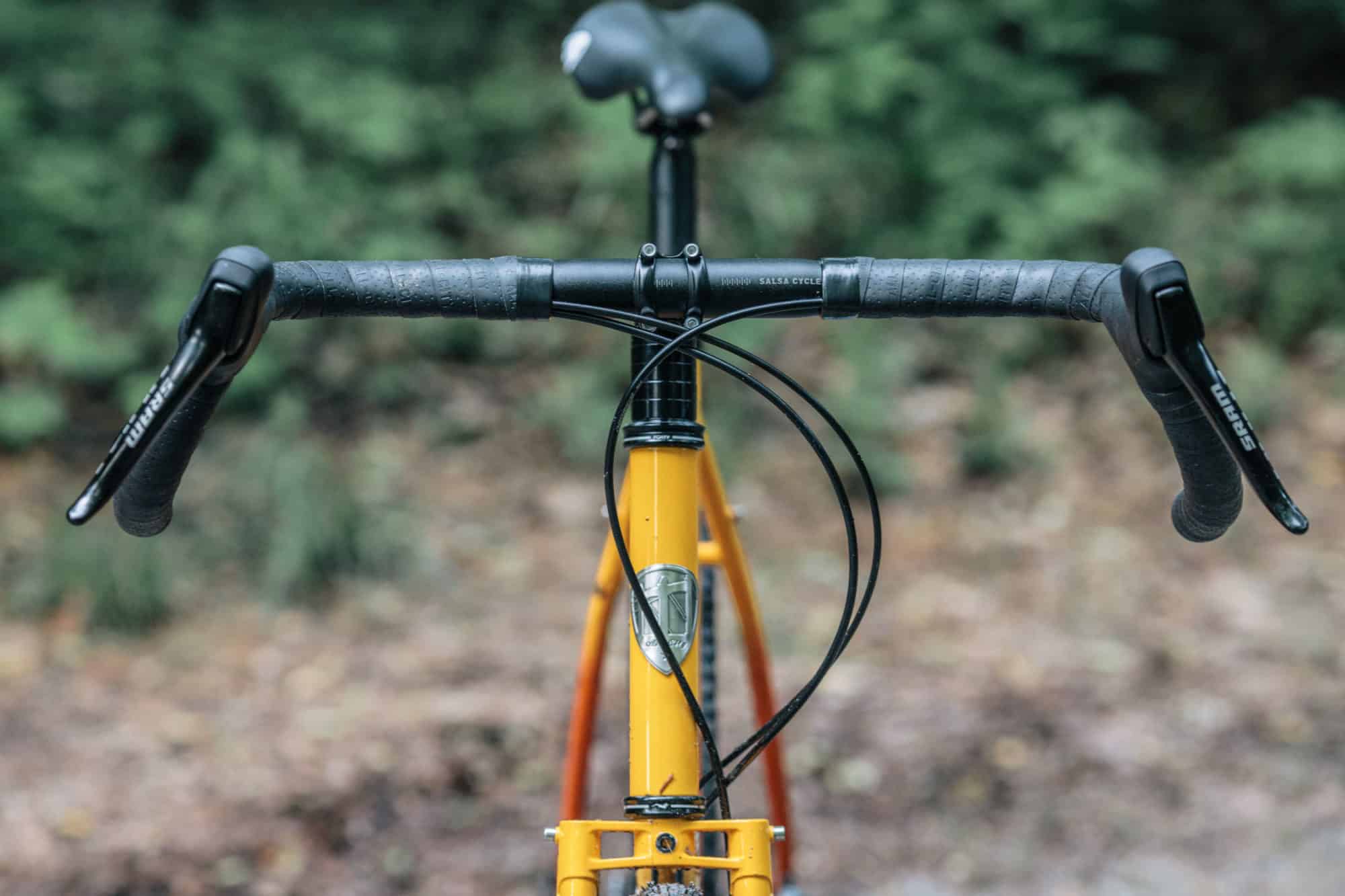Have you also heard the notion of gravel bikes being road bikes with wide tires? Well, how will you feel if I tell you that these two bikes are quite different, both in terms of design and purpose?
If you are planning to buy one of these, you might be looking for a bike with a solid structure and drop handlebars because that’s what road bikes and gravel bikes have in common.
Despite all these prominent similarities, there are significant differences that set one bike apart from another. Understanding these differences is crucial if your goal is to get the best bike out of the two. Let’s start by understanding these bikes better.
Bikesolved.com is readers supported, you may find Amazon affiliated links on this page, that pays us commission for recommending products at no extra cost to you.
What are gravel bikes?
Gravel bikes are solidly-built bikes suitable for off-road riding. A gravel bike is designed to tackle rough surfaces and unfavorable weather conditions. What makes them different from mountain bikes is their inability to travel across complex mountain trails.
A gravel bike is meant to take off-road, but you cannot expect it to perform on challenging descents and steep drop-offs. Even with drop bars, many gravel bikes are considered to be quite comfortable and convenient for biking trips. You can go out on a gravel bike for hours as it ensures smooth rides.
A gravel bike provides good speed as it is equipped with an ultra-light frame which makes it fit for racing. Most gravel bikes are equipped with a powerful braking system and slightly wider tires than road bikes for added safety and convenience.
Key features:
- Designed for rough surfaces and off-road riding
- Powerful braking system
- High rolling resistance
- Heavier and durable frame
- Wide tires and great traction
What are road bikes?
Road bikes are aerodynamic bikes designed to maximize your speed on pavements, city roads, and smooth paths. You can take them for off-road riding as they have thin tires and a lightweight structure, although their frame is quite sturdy.
They cannot travel across rough terrains like a gravel bike, but they are surely faster and more efficient on tarmac than a gravel bike ever will be. They can perform incredibly well on smooth pavements, although they struggle to perform in wet weather conditions.
With drop handlebars and quick speed, road bikes are aerodynamically-designed to ride in a forward-leaning position. For some people, such a posture may not be very comfortable.
Key features:
- Designed for tarmac and pavements
- Aerodynamic and front-leaning posture
- Lightweight frame
- Low rolling resistance
- Slick tires
Gravel Bike Vs Road Bike
| Feature | Gravel Bike | Road Bike |
|---|---|---|
| Frame and structure | Designed for rough terrain, with a more durable frame and fork structure | Designed for smooth, paved surfaces, with a lightweight and aerodynamic frame and fork |
| Tires | Wider, more knobby tires for better traction on loose surfaces | Narrower, smoother tires for reduced rolling resistance and improved speed on smooth surfaces |
| Frame and Geometry | Generally has a more upright riding position and longer wheelbase for stability on rough terrain. | Generally has a more aggressive, aerodynamic riding position and shorter wheelbase for agility and speed. |
| Suspension mechanism | Some gravel bikes have suspension forks or rear suspension to absorb shocks from rough terrain. | Most road bikes do not have any suspension, as the smooth pavement does not require it |
| Braking system | Disc brakes for consistent, reliable braking performance in all conditions | Rim brakes or disc brakes, with some high-end road bikes using hydraulic disc brakes for improved modulation and power |
| Gears | Generally has a wider range of gears to tackle steep hills and varying terrain. | Generally has a higher number of gears for fine-tuning cadence and efficiency on smooth roads. |
| Handlebars | Generally has wider, flared handlebars for improved control on rough terrain. | Generally has narrow, drop handlebars for an aerodynamic riding position and improved control at high speeds. |
Tires
The type of tires your bike is equipped with significantly affects its ability to tackle varying terrains. When it comes to wheels and tires, gravel bikes differ greatly from road bikes. The tires of a gravel bike are much wider than that of a road bike.
Gravel bike tires will be at least 35 mm, while road bikes are mostly equipped with 28 mm to 32 mm of tires. With narrow tires, it is obvious that road bikes are not fit for off-road riding.
Their slick tires, coupled with a lightweight frame, can surely allow them to attain high speeds on city roads, but they are not suitable for rough bike paths, sticky trails, and wet weather conditions.
Thick tires may be bulky and add to the weight of your gravel bike, but being wide and treaded, they will retain a better grip over gravel-based terrains. This is why the tires of a gravel bike are suitable for off-road conditions. With high rolling resistance, they offer great traction.
Frame and Geometry
Both gravel and road bikes are well-built with sturdy frames. You can find different models carved out of carbon fiber, steel, or aluminum on the basis of price. If you go for premium models of road bikes and gravel bikes, you will find most of them built with carbon-based frames.
In the budget-friendly section, you may find bikes carved out of aluminum alloy. Both road bikes and gravel bikes can have a steel frame, but it tends to be more popular among gravel bikes due to their durability and strength.
Talking about the frame geometry, you will not find a striking difference at first look, but both of these bikes tend to behave differently while riding. To tackle complex topography, gravel bikes have a slack head angle and long wheelbase, unlike a road bike which features a relatively shorter wheelbase coupled with steeper angles.
As mentioned before, road bikes are aerodynamically designed to let you attain a forward-leaning posture, which is why they feature a head tube, long reach, and short frame slack.
On the flip side, the relaxed geometry of a gravel bike is designed to let you have a comfortable upright position while riding, just like a mountain bike.
Suspension mechanism
Whether you are a mountain biker or an avid rider who prefers biking on complex terrains, you will never be able to over-emphasize the essence of strong suspension forks.
While traveling on bumpy surfaces, if there is any mechanism that prevents you from getting exhausted from the bumps and constant shocks, it is definitely the suspension system of your bike.
Considering the rough trails a gravel bike is expected to cover, and you are most likely to see an appreciable suspension mechanism in a gravel bike. However, you will be able to find micro-suspension in road bikes as well.
In fact, both road bikes and gravel bikes have full suspension models that help you avoid tiredness and fatigue by absorbing road vibrations.
Braking system
The quality of the braking system depends upon the model of the bike you are looking for. High-end and premium models are mostly equipped with commendable brakes to enhance your stopping power.
Mechanical disc brakes and hydraulic disc brakes are considered some of the most superior types of brakes. If a bike is fitted with disc brakes, it is more likely to have a greater stopping power than other bikes equipped with rim brakes.
The reason why gravel bikes are appreciated for their braking power, even on wet surfaces, is because of the fact that you will rarely find a gravel bike with brakes other than disc brakes. Because of this, they are able to bring your bike to an immediate halt as and when you apply the brakes.
Such stopping power is required on concrete-based trails where controlling the speed of your bike becomes a necessity. Mechanical disc brakes and hydraulic disc brakes are the two types of disc brakes that you can choose for your gravel bike.
On the flip side, not all road bikes come with powerful disc brakes. You can get a lot of models of road bikes featuring mechanical disc brakes or hydraulic disc brakes. Even so, there are still bike brands that fit their road bikes with rim brakes.
They are obviously not as efficient while you descend down a hill when compared with disc brakes. However, they may not necessarily disappoint you on pavements.
Gears
Most of the road bikes come with a 2x set-up that includes two chainrings instead of the 1x set-up they used to feature in the beginning. On the other hand, gravel bikes do not typically feature a conventional gearing setup.
They can come up with a 1x set-up with a single front chainring and even a 2x gearing set-up that features two front chainrings. You will be able to choose between the two on the basis of the terrain you are riding on. If you wish to get a bike with negligible chances of the chain dropping, a 1x set-up will be appropriate as it is much lighter.
Since there is no front derailleur, it will suit you better. However, it may not be enough and is significantly inadequate to climb over hills. With 2 front chainrings, your bike may become prone to drop chains, but you will enjoy a vast range of gears to ride on several terrains with ease.
Handlebars
Although both gravel bikes and road bikes are equipped with drop bars, their handlebars remain quite different as they allow the biker to ride in different postures. Both of these bikes are designed to be suitable for different purposes, due to which their handlebars are also slightly different.
The handlebars of a gravel bike tend to be slightly wider than those of road bikes. You may also notice a flaring at the drops in the handlebars of a gravel bike. These wide drop bars are required to cover steep descents and complex paths, which a gravel bike is expected to tackle effectively.
With a wide and firm grip, you enjoy much more wrist clearance while you descend in the drops. The drop bars of a gravel bike can be wide up to 52 mm. On the flip side, the handlebars of a road bike require you to overextend your arms, stretch out and ride in a front-leaning position.
It is due to the aerodynamic design of these road bars, coupled with other factors, that you are able to ride a road bike at higher speeds. They are much narrower than the drop bars of a gravel bike, as their width ranges between 42 mm and 44 mm.
Due to their width and the arching of your back due to these road bars, the quality of controlling and handling a road bike is surely sacrificed. You will not have as much control over a road bike as you will have over a gravel bike, but if you are riding on pavements, it will not make a lot of difference in your ride quality.
Unlike gravel bikes, you will rarely find drop bars with flares in a road bike as bikers like to ride with narrower handlebars with their hoods tilted inwards.
Pros & Cons of a gravel bike
Pros & Cons of a road bike
Should I Get A Gravel Bike Or A Road Bike?
You may not be able to detect striking differences just by taking a quick glance at a road and gravel bike. However, after reading this guide, you will have understood how these bikes have significant distinctions and are designed to fit unique purposes.
You will no longer look at a gravel bike merely as a road bike fitted with wide and treaded tires. You may feel like the technology and features of a mountain bike have trickled down to a gravel bike.
If you are to ride on both pavements and gravel-based surfaces, you may pick a comfortable gravel bike with no second thoughts. However, if tarmac and city roads are all that the tires of your bike will ever touch, going ahead with the lightweight frame and narrow tires of a road bike will be the right choice.
Looking for more such articles? Discover our dozens of such comparisons here.
FAQs
Can a road bike be used as a gravel bike?
There are a lot of features and components that make a road bike unsuitable for replacing a gravel bike. You cannot expect the narrow tires and aerodynamics of a road bike to perform well on gravel-based terrains. If you try to cover such rough surfaces with the components of a road bike, your ride quality will surely be sacrificed.
However, you can use a road bike as a gravel bike by replacing a few components to suit various terrains. From aggressively treaded tires to a wide range of gears, you will have to make a few changes to get going.
Can you ride long distances on a gravel bike?
Gravel bikes are definitely a greater option for covering long distances, considering the relaxed frame geometry they feature. Unlike road bikes, gravel bikes do not compel you to arch your back while riding in an aerodynamic position.
They are much more comfortable as you get to ride in an upright posture with wide and aggressively treaded tires. These wide tires, coupled with a sturdy frame, allow you to have long-distance rides comfortably.
Can gravel bikes go fast on the road?
Gravel bikes possess the ability to attain higher speeds on gravel-based terrains as their rigid frame is designed to deliver performance and comfort. When it comes to riding a gravel bike on the road, gravel bikes tend to be slower than road bikes.
This is because of their relatively heavy frame, durable structure, and wider tires. All these features are ideally suited for off-road riding. If you are to ride your bike on pavements and roads, gravel bikes are not as fast as road bikes.
Are gravel bikes more durable than road bikes?
Since gravel bikes are expected to withstand rough and complex terrains for gravel riding, they are solidly built to ensure durability. Road bikes, on the other hand, are supposed to be taken on pavements and smooth surfaces.
For bumpy trails, a bike needs to be equipped with sturdy componentry so that it can be relied upon. This is why gravel bikes feature wide and aggressively treaded tires on a rigid frame. This makes them slightly heavier and much more durable than road bikes.





